Hi there, fellow dog parent! I’m glad you’re here because we’re going to talk about a topic that’s close to my heart – Boykin Spaniel Eye Health. As a holistic veterinarian, I’ve seen firsthand how important eye health is for our furry friends, especially for specific breeds like the Boykin Spaniel.
Just like us, our canine companions can suffer from a variety of eye problems. And let’s face it, no one wants to see their beloved pet in discomfort. That’s why understanding the unique eye structure of your Boykin Spaniel, along with the common eye issues they can encounter, is crucial.
But don’t worry, I’m here to guide you every step of the way. We’ll explore prevention methods, from a holistic diet rich in Vitamin A and antioxidants to whole-food-based nutritional supplements. We’ll also discuss the importance of environmental hygiene, including indoor air quality and the use of sprays, diffusers, candles, and incense.

And of course, we’ll cover routine Boykin Spaniel eye care and maintenance, because a little bit of prevention can go a long way in maintaining your pup’s eye health. So, let’s get started on this journey towards better understanding and caring for your Boykin Spaniel’s eyes.
Understanding Breed Specific Eye Structure
By understanding the unique structure of Boykin Spaniel’s eyes, you can play a proactive role in maintaining their eye health and catching potential eye problems early. The Boykin Spaniel, a medium-sized breed known for its rich, chocolate-brown coat, has distinctive round eyes that are characteristically expressive and full of life. This breed’s eyes are dark brown or hazel, adding to their charm, but these captivating eyes are prone to certain health issues due to their unique structure.
The Boykin Spaniel’s eyes are set well apart and are medium in size, fitting well into the overall balance of their facial features. They have a strong muscular structure around their eyes, which helps to protect them during their high-energy activities. However, this also makes them more susceptible to certain conditions such as entropion, where the eyelid rolls inward, causing irritation and discomfort.
Their eye structure also includes a third eyelid, also known as a nictitating membrane, which provides an additional layer of protection. This third eyelid can sometimes become visible due to certain health conditions, such as cherry eye, a condition where the gland within the third eyelid becomes inflamed and protrudes from the eye.
Understanding the Boykin Spaniel’s unique eye structure is key to identifying potential signs of eye disease. For example, any changes in the size, color, or position of the eyes or eyelids, or any unusual discharge or redness, could indicate a health concern. Also, if your Boykin Spaniel is blinking excessively, squinting, or pawing at their eyes, it could be a sign of discomfort that warrants a visit to the vet.
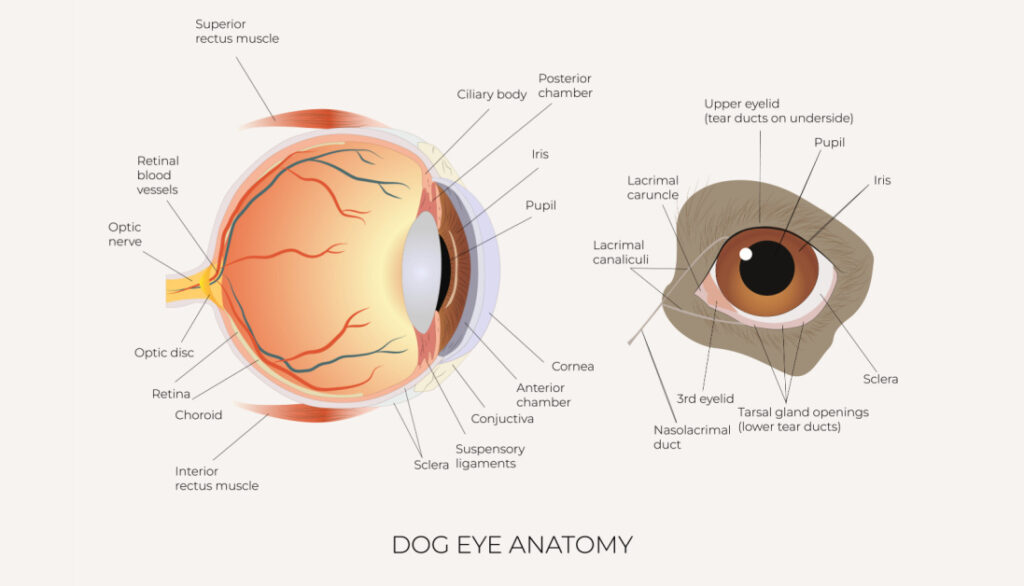
Common Eye Issues In Boykin Spaniel
As a veterinarian, I’ve seen my fair share of Boykin Spaniel Eye Health concerns. This breed is prone to certain eye conditions that you, as a dog parent, should be aware of.
The most common eye problem in Boykin Spaniels is Progressive Retinal Atrophy (PRA). This genetic condition causes the retina’s cells to die off, leading to night blindness and eventually total blindness. Symptoms to watch out for include difficulty seeing at night or in low light, clumsiness, and a reluctance to go outside in the dark.
Cataracts are another common issue in Boykin Spaniels. Much like in humans, cataracts in dogs cause a cloudiness in the lens of the eye, leading to reduced vision and potential blindness. If your Boykin Spaniel is frequently bumping into things or seems to have trouble seeing, it might be time for a vet visit.
- Cherry Eye: This condition is caused by the prolapse of the third eyelid, leading to a red, swollen mass in the corner of the eye. It’s not usually painful, but it can cause discomfort and tear production issues.
- Entropion: This is a condition where the eyelid rolls inward, causing the eyelashes to rub against the cornea. This can be very painful and can lead to corneal ulcers if left untreated.
- Distichiasis: This is when an extra row of eyelashes grows on the inner eyelid and rubs against the eye. It can cause discomfort and corneal damage.
Each of these conditions can impact your Boykin Spaniel’s eye health and overall quality of life. However, early detection and treatment can make a significant difference. As a dog parent, it’s crucial to monitor your pet’s behavior and seek veterinary care if you notice any changes in their eyes or vision.
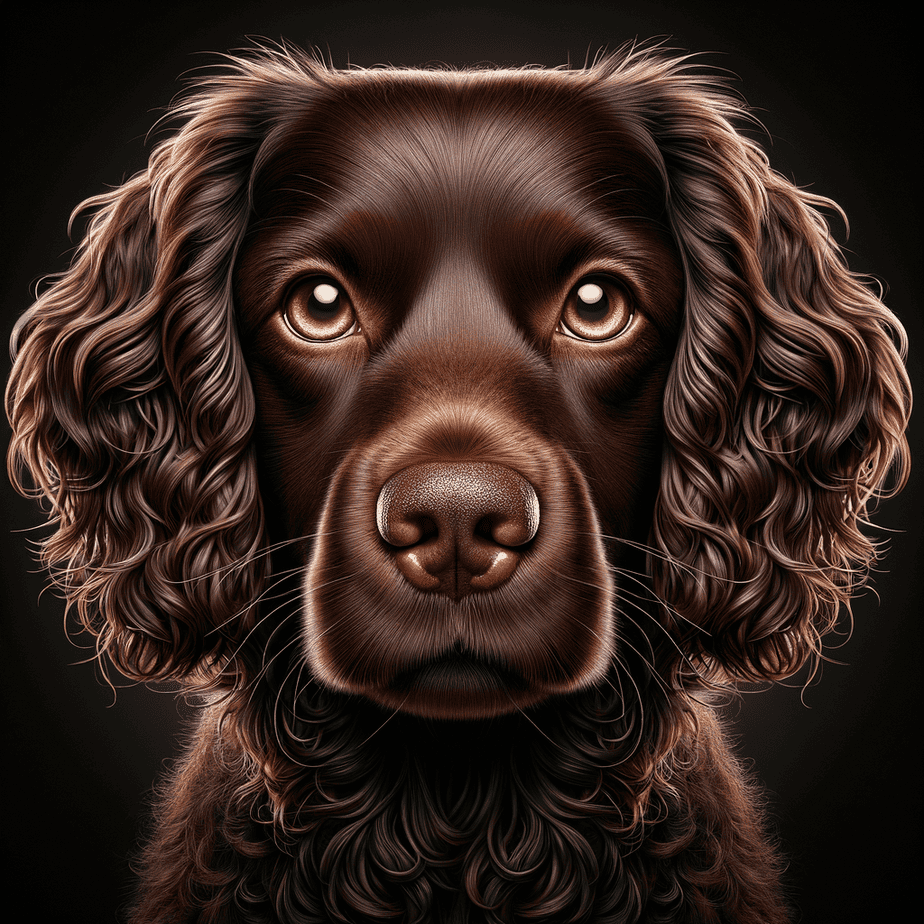
Nourishing Your Dog’s Vision: Essential Nutrients for Eye Health
Ensuring your Boykin Spaniel gets the right nutrients for optimal eye health is essential for maintaining clear vision and preventing age-related issues. Natural, nutrient-rich foods and supplements can play a key role in supporting their eyesight. From vitamin A-packed freeze-dried liver treats to antioxidant-rich blueberries and targeted supplements like Eyeplex by Standard Process, there are several ways to nourish your dog’s eyes. In this section, we’ll explore how these powerful ingredients contribute to long-term vision health and overall well-being.
Eyeplex by Standard Process
Eyeplex by Standard Process is a specialized supplement designed to support your Boykin Spaniel’s eye health with a blend of essential nutrients. Formulated with key vitamins, minerals, and antioxidants, Eyeplex helps protect against oxidative stress, supports retinal function, and promotes overall vision health. Ingredients like vitamin A, vitamin C, and zinc contribute to maintaining strong eyesight, while whole food ingredients provide additional phytonutrients for cellular protection. Adding Eyeplex to your Boykin Spaniel’s diet can be especially beneficial for aging dogs or breeds prone to eye conditions, offering targeted nutritional support to keep their vision sharp and healthy for years to come.
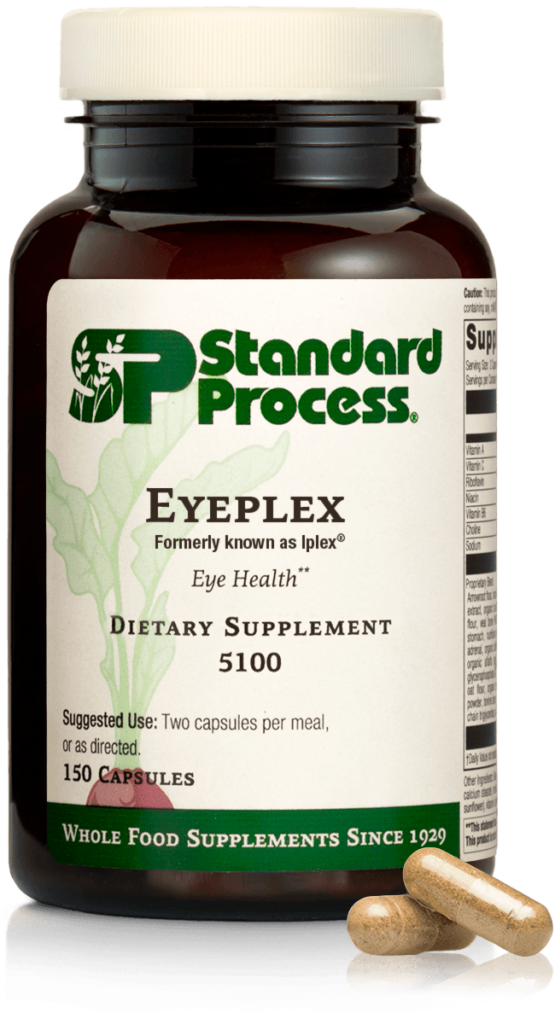
Freeze-Dried Blueberries
Freeze-dried blueberries are a powerhouse of antioxidants that can help protect your Boykin Spaniel’s eyes from oxidative stress and age-related damage. Rich in vitamins C and E, as well as anthocyanins, these tiny but mighty berries help combat free radicals that can contribute to eye diseases like cataracts and macular degeneration. Incorporating freeze-dried blueberries into your dog’s diet provides a natural and delicious way to support retinal health, reduce inflammation, and promote overall vision longevity. Plus, they’re a low-calorie, dog-friendly treat that makes a great addition to a balanced diet for long-term eye health.
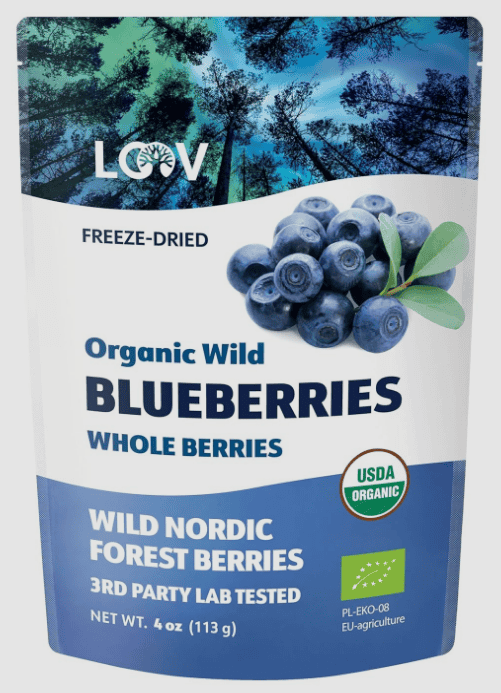
Freeze-Dried Liver
Freeze-dried liver treats are an excellent natural source of vitamin A, an essential nutrient for your Boykin Spaniel’s eye health. Vitamin A plays a crucial role in maintaining good vision, especially in low-light conditions, while also supporting overall immune function and skin health. Since liver is rich in bioavailable vitamin A, incorporating freeze-dried liver treats into your dog’s diet provides a convenient and nutritious way to promote optimal eye function. Just be sure to feed them in moderation, as excessive vitamin A can lead to toxicity. Adding these nutrient-packed treats to your pup’s routine is a simple, tasty way to support their long-term vision and well-being!

By prioritizing your Boykin Spaniel’s eye health through a balanced diet and nutritional supplements, you can help prevent many common eye issues. These simple steps can go a long way in ensuring your pup’s eyes stay healthy and clear for years to come.
Remember that these preventive measures might not entirely eliminate the risk of eye problems in Boykin Spaniels, but they can significantly reduce it. Your dog’s eye health is crucial for their overall well-being, so it’s worth investing time and effort in these preventive strategies.
Environmental Hygiene To Reduce Eye Problems
Just like humans, Boykin Spaniels can also be affected by their environment, particularly when it comes to their eye health. Maintaining a clean, healthy environment for your pet can go a long way in preventing eye problems. Here are some key factors to consider:
Indoor Air Quality
The quality of the air in your home can significantly impact your Boykin Spaniel’s eye health. Dust, pollen, and other airborne allergens can irritate your pet’s eyes, leading to redness, itching, and even infections. To prevent this, ensure your home is well-ventilated and dust-free. Consider investing in an air purifier, especially if you live in an area with high pollen counts or if your pet has shown signs of allergies.
Additionally, avoid smoking indoors as tobacco smoke can also irritate your pet’s eyes. If you notice your Boykin Spaniel squinting or rubbing their eyes frequently, it may be a sign that the indoor air quality is poor and needs to be addressed.
Sprays, Diffusers, Candles, Incense
While many of us love the scent of a freshly lit candle or a soothing essential oil diffuser, these can cause irritation to your Boykin Spaniel’s eyes. Many fragranced products contain chemicals that can cause eye irritation, leading to symptoms like redness, watering, and itching.
Try to limit your use of these products, especially in areas where your pet spends most of their time. If you do use them, make sure the room is well-ventilated and that your pet has the option to leave the room if they want to. Natural alternatives, like unscented beeswax candles or diffusing pet-safe essential oils, can be a better choice for maintaining a pleasant aroma in your home without compromising your Boykin Spaniel’s eye health.
Remember, prevention is always better than cure. By maintaining a clean, allergen-free environment, you can help ensure your Boykin Spaniel’s eyes stay healthy and clear. Regular vet check-ups are also essential to spot any potential issues early and keep your pet in the best possible health.
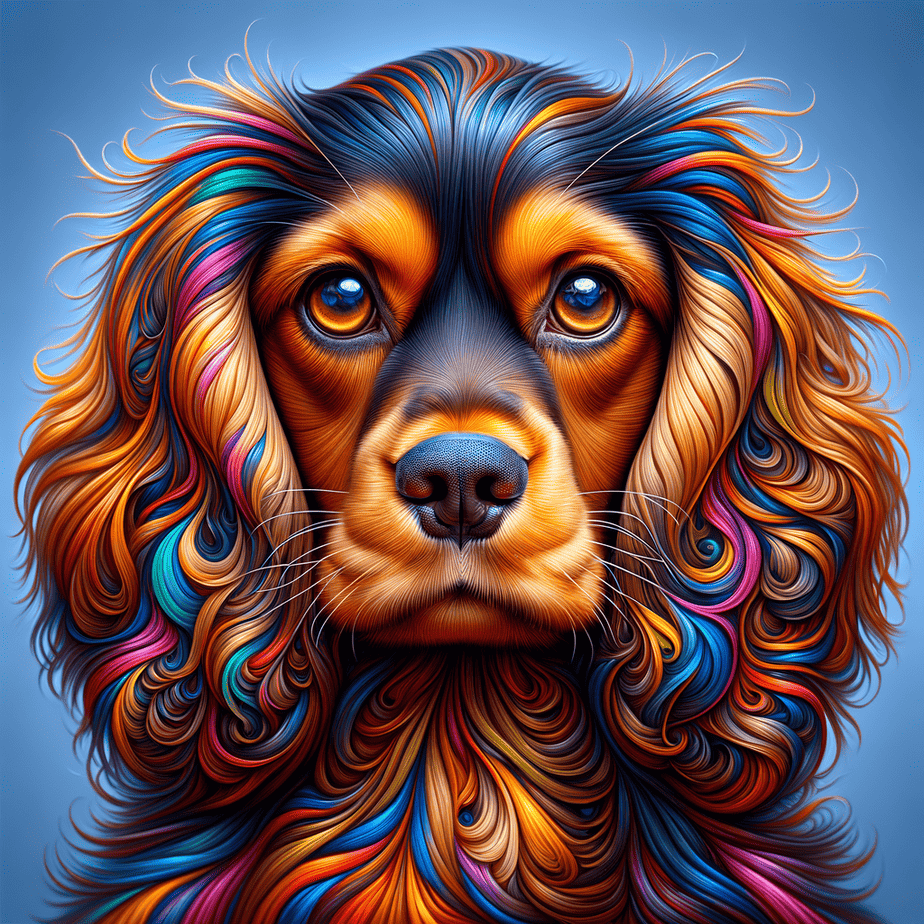
Routine Boykin Spaniel Eye Care & Maintenance
Keeping your Boykin Spaniel’s eyes healthy requires regular care and maintenance. This is not just about treating existing problems, but also about preventing potential issues from arising. Here’s how to ensure your furry friend’s eyes stay in tip-top shape.
Daily & Weekly Care & Maintenance
Performing daily checks on your Boykin Spaniel’s eye health is crucial. This involves looking out for any signs of discomfort such as excessive tearing, redness, or cloudiness. If you notice any changes, it’s best to seek advice from your vet immediately.
- Use a soft, damp cloth to gently clean around your Spaniel’s eyes. This helps remove any dirt or dust that might have accumulated.
- Keep an eye out for any signs of excessive tearing or discharge. This could be a sign of an underlying eye condition.
- Ensure your dog’s eyes are clear and bright. Cloudiness or a change in eye color could indicate a serious health issue.
On a weekly basis, a more thorough cleaning should be done. This might involve using a vet-recommended eye solution to flush out any debris.
Monitor hair length, nail length, and bath frequency
These might seem unrelated to your Boykin Spaniel’s eye health, but they play a significant role. Long hair can irritate the eyes, leading to infections. Regular grooming to trim the hair around the eyes is essential. Similarly, long nails can accidentally scratch the eyes, causing serious damage.
- Keep the hair around your Spaniel’s eyes trimmed to prevent irritation.
- Regularly check and trim your dog’s nails to avoid accidental scratches.
When it comes to bathing, be careful not to get soap or shampoo in your Spaniel’s eyes as this can cause irritation. Always use dog-friendly products and avoid human shampoos and soaps. After a bath, gently dry the area around the eyes to prevent moisture buildup, which can lead to infections.
Remember, Boykin Spaniel Eye Health is not something to be taken lightly. Regular care and maintenance can go a long way in preventing eye problems and ensuring your furry friend enjoys a high quality of life. Always consult with your vet if you notice any changes in your Spaniel’s eyes. Early detection and treatment can make all the difference.
Frequently Asked Questions
1. What are common eye health conditions in Boykin Spaniels?
Common eye health conditions in Boykin Spaniels include cataracts, progressive retinal atrophy (PRA), and glaucoma.
2. How can I identify if my Boykin Spaniel is suffering from an eye health problem?
Look out for symptoms such as redness, excessive tearing, cloudiness in the eyes, squinting, bumping into objects, or changes in behavior related to vision.
3. Can eye health conditions in Boykin Spaniels be treated?
Yes, many eye health conditions in Boykin Spaniels can be treated. Treatment options may include medications, surgery, or specialized eye care.
4. How can I prevent eye health problems in my Boykin Spaniel?
Regular veterinary check-ups, maintaining a healthy diet, providing proper eye care, and avoiding exposure to potential eye irritants can help prevent eye health problems in Boykin Spaniels.
5. When should I consult a veterinarian regarding my Boykin Spaniel’s eye health?
If you notice any abnormal changes in your Boykin Spaniel’s eyes or suspect an eye health problem, it is recommended to consult a veterinarian as soon as possible for a proper diagnosis and treatment plan.
